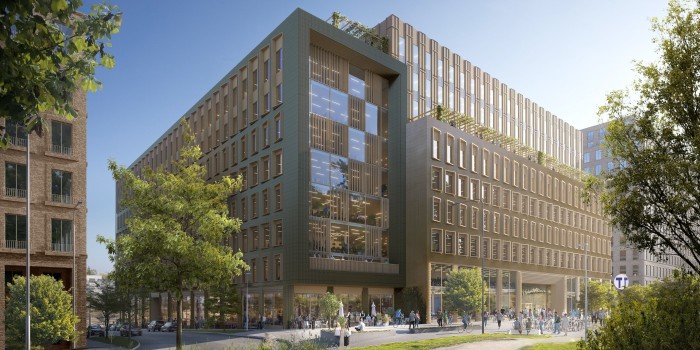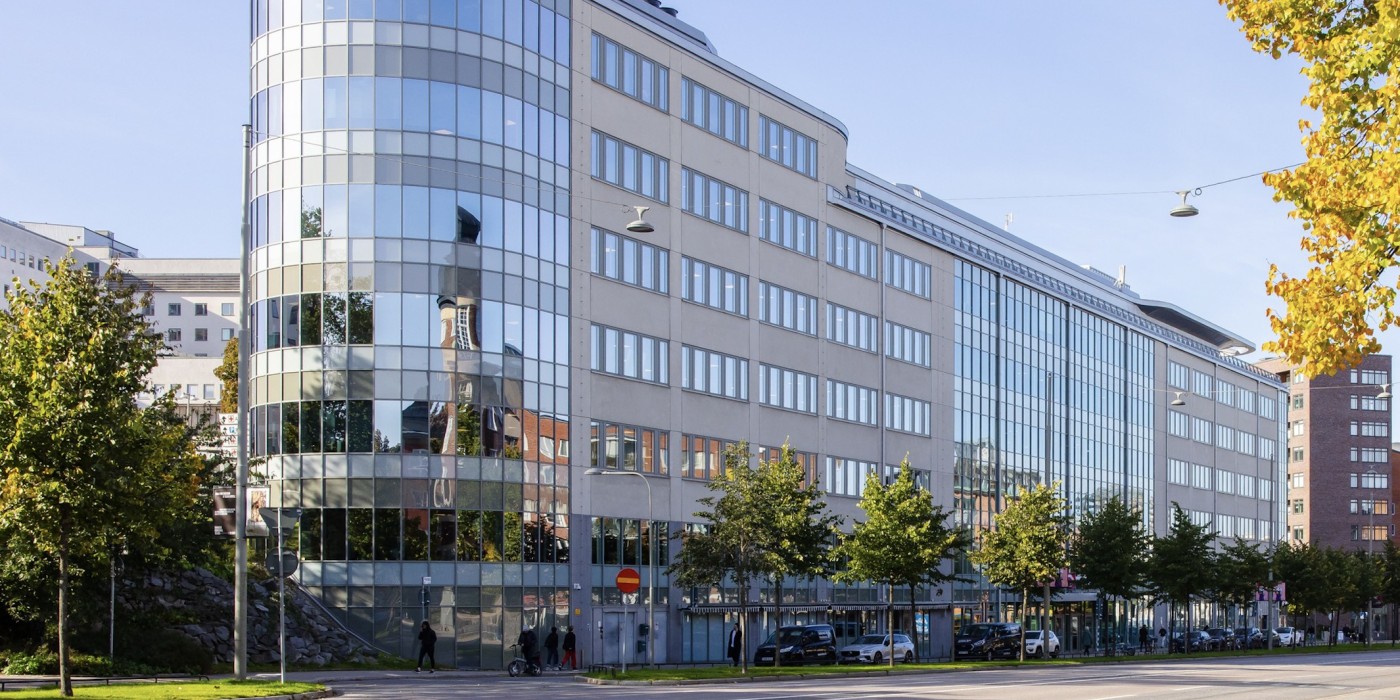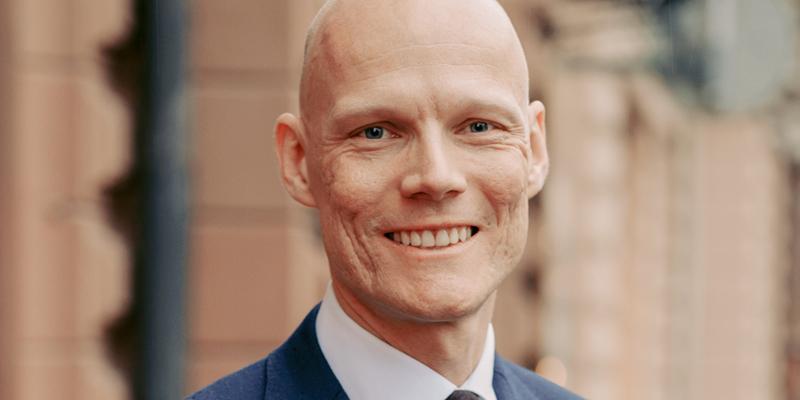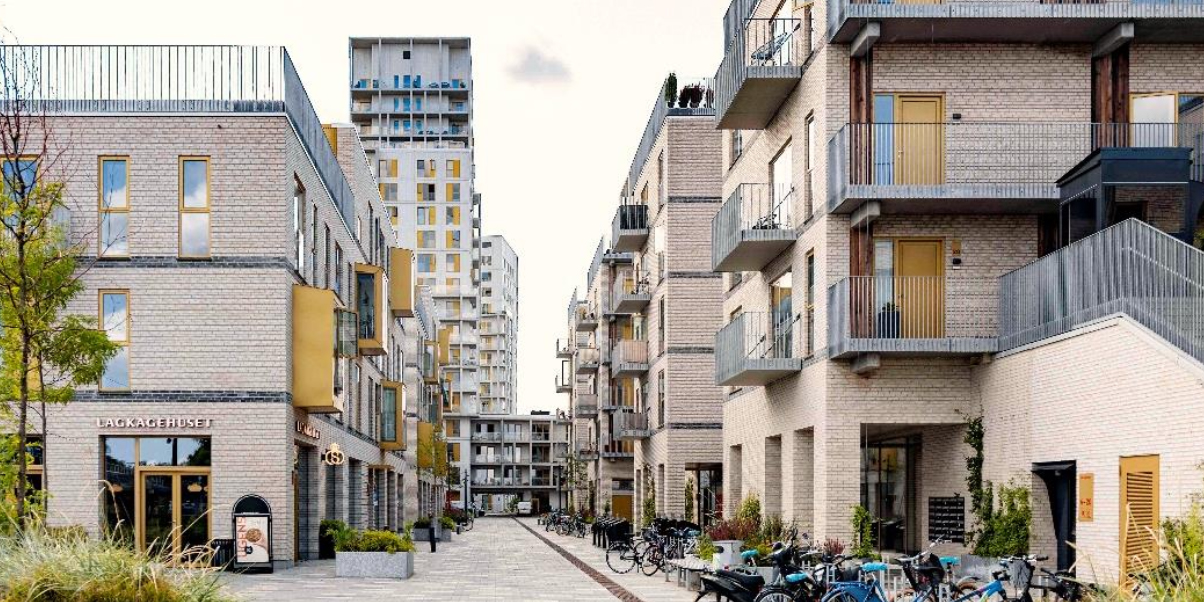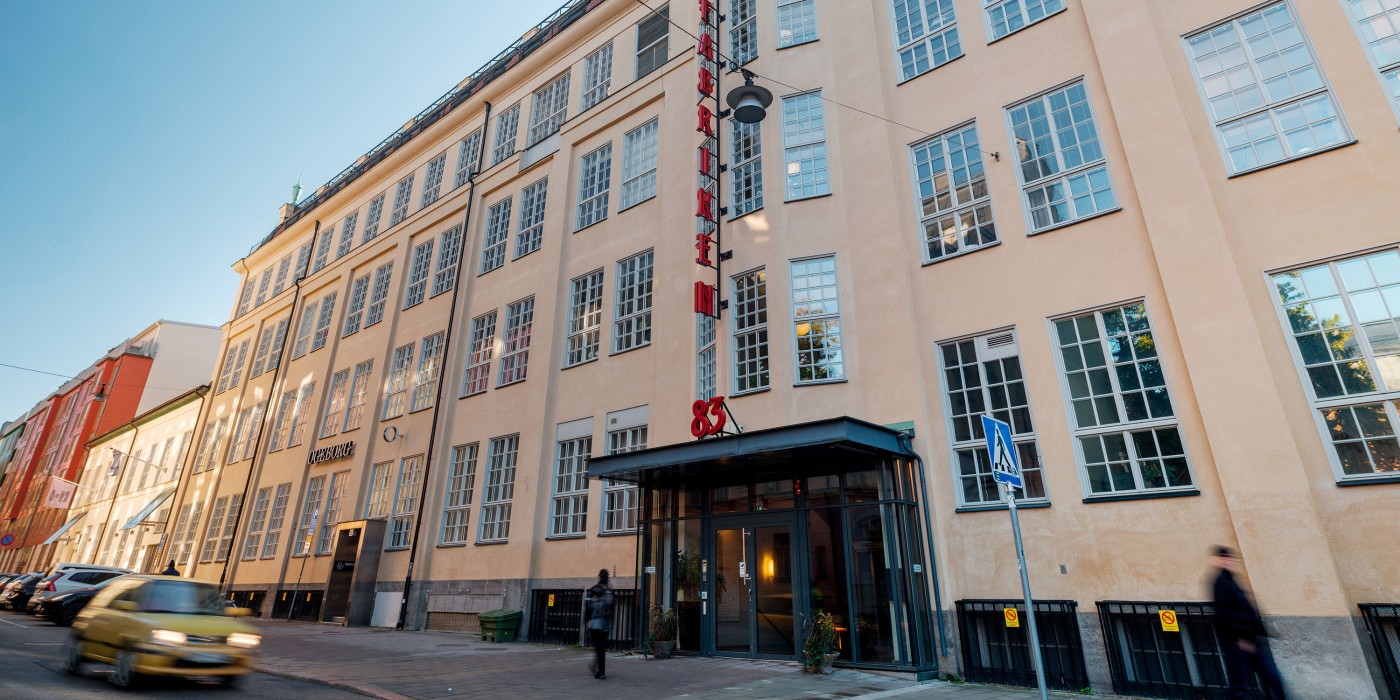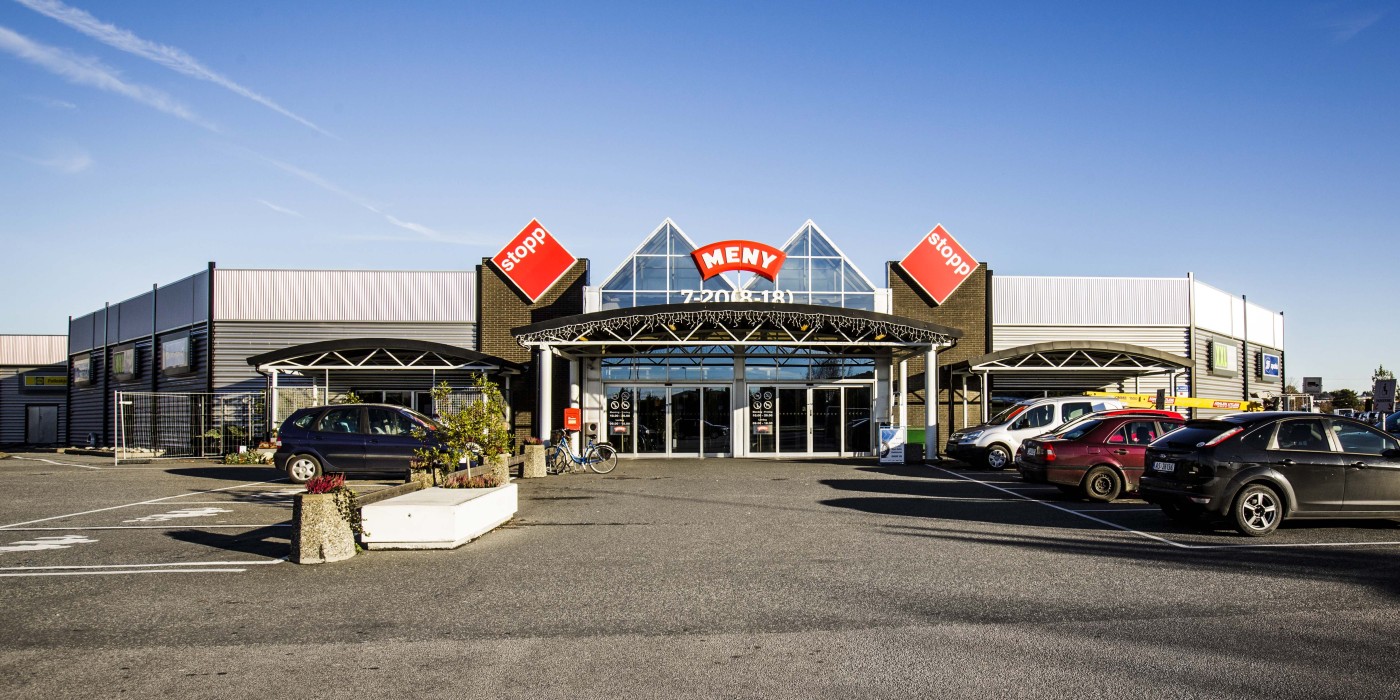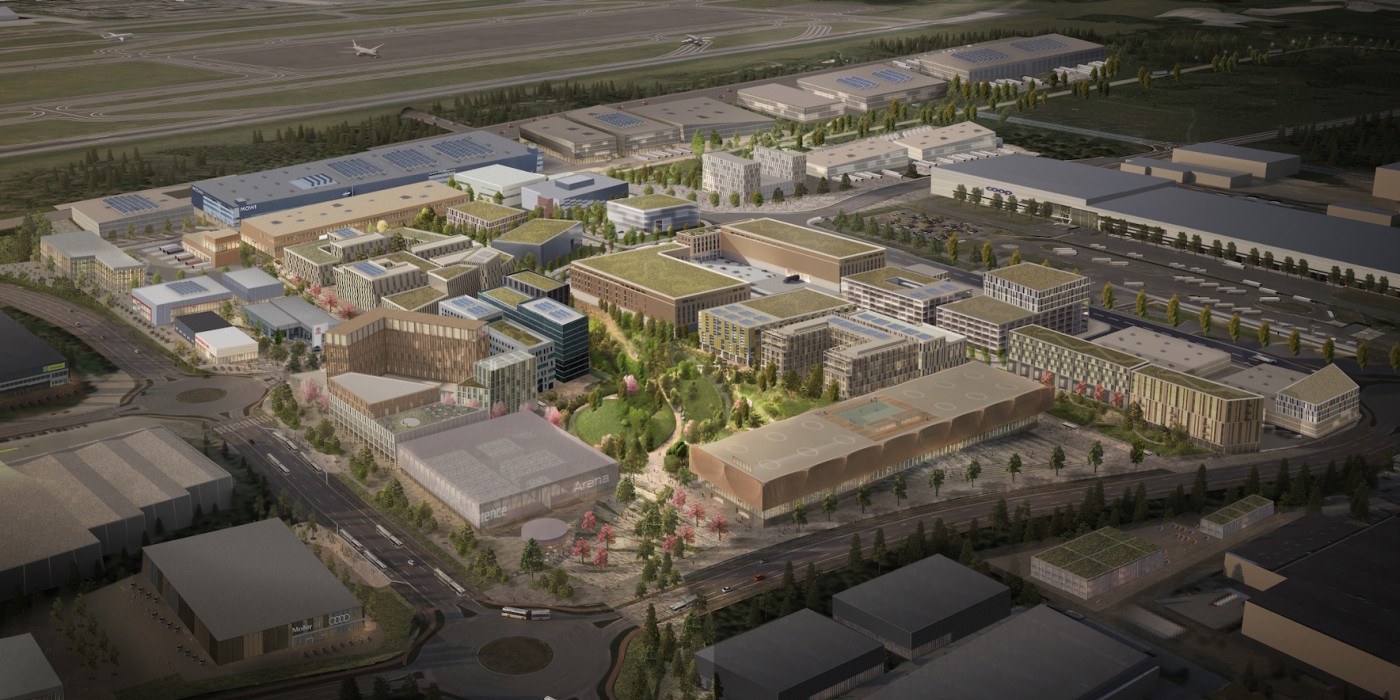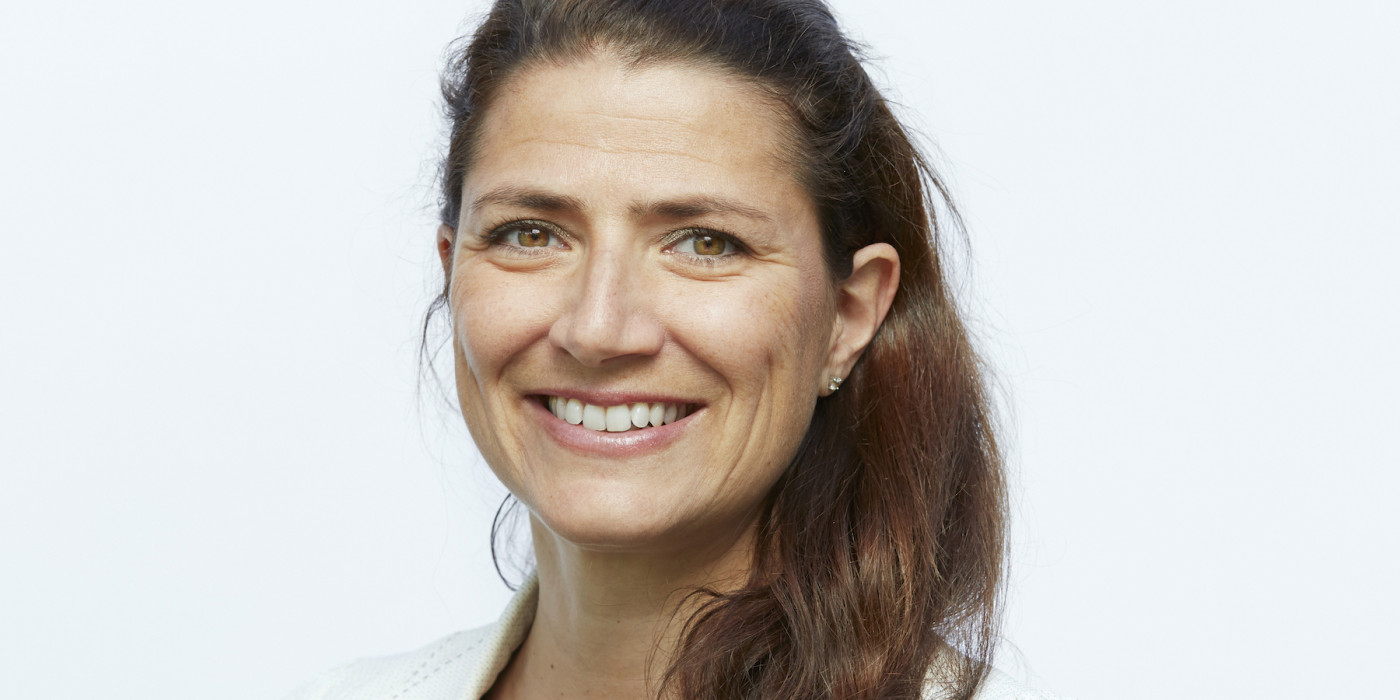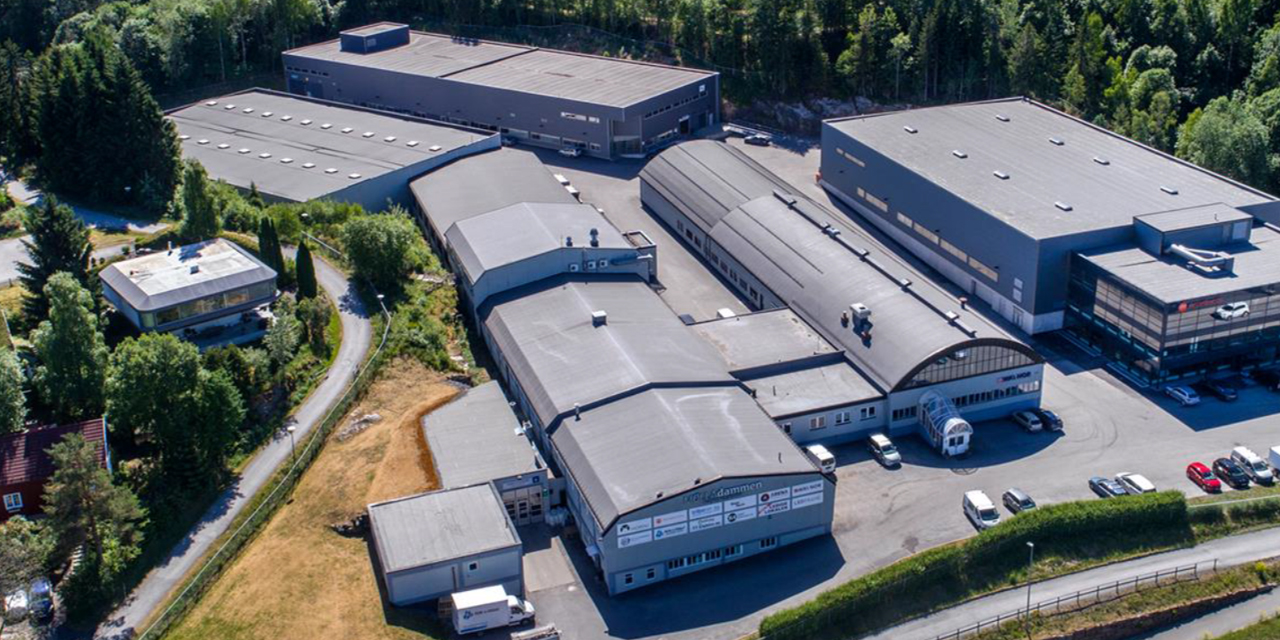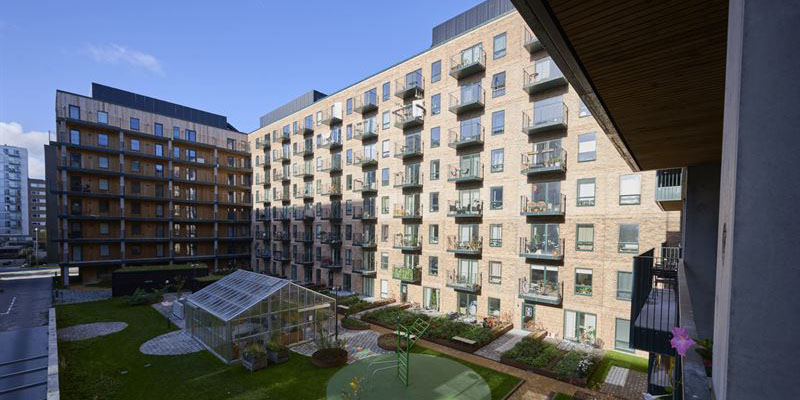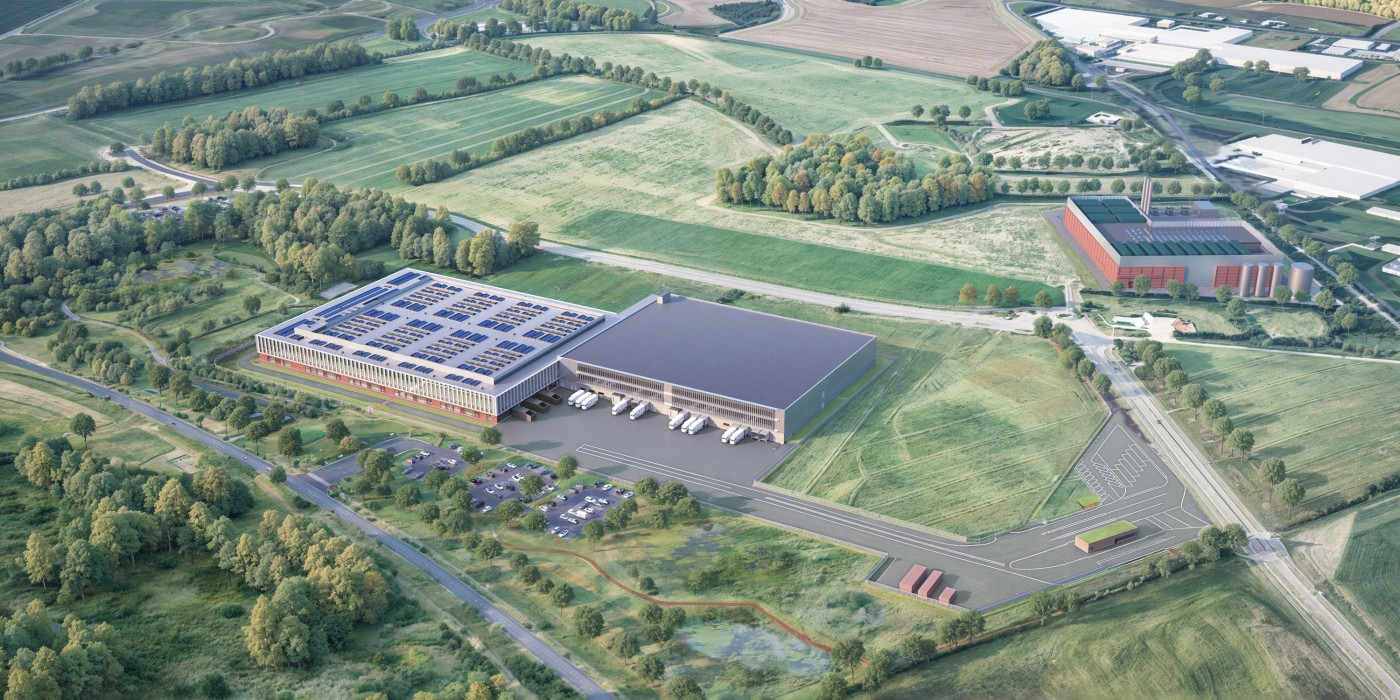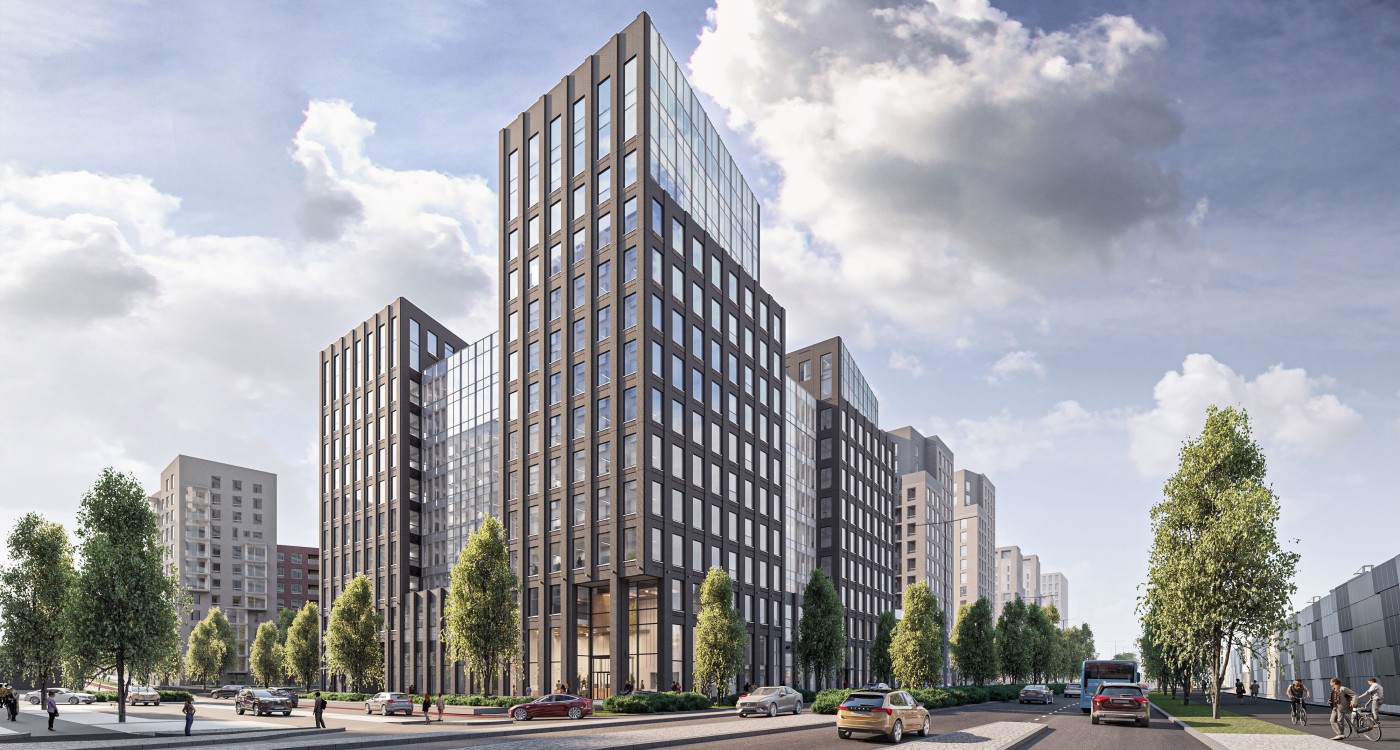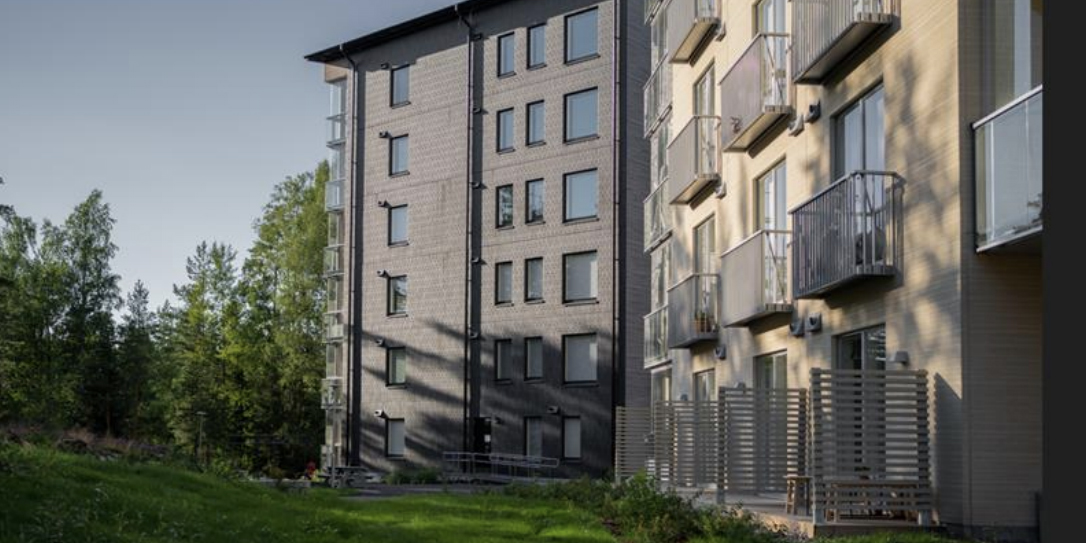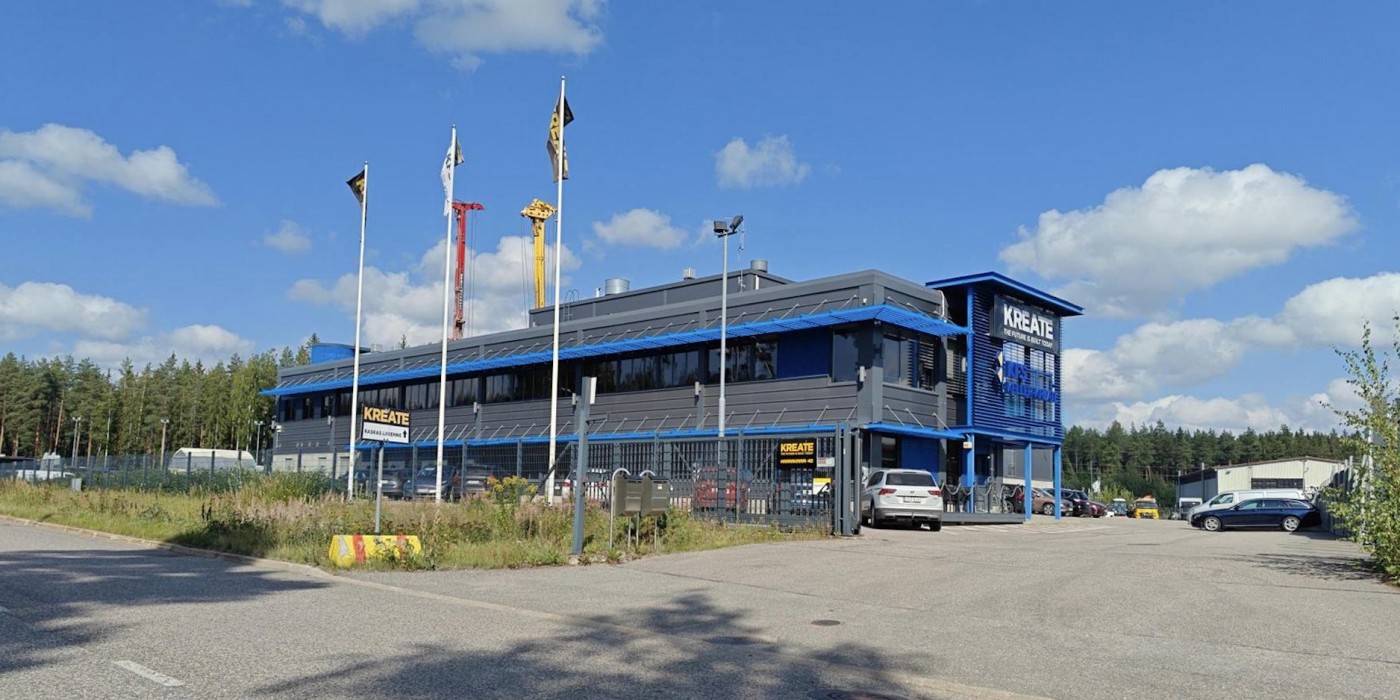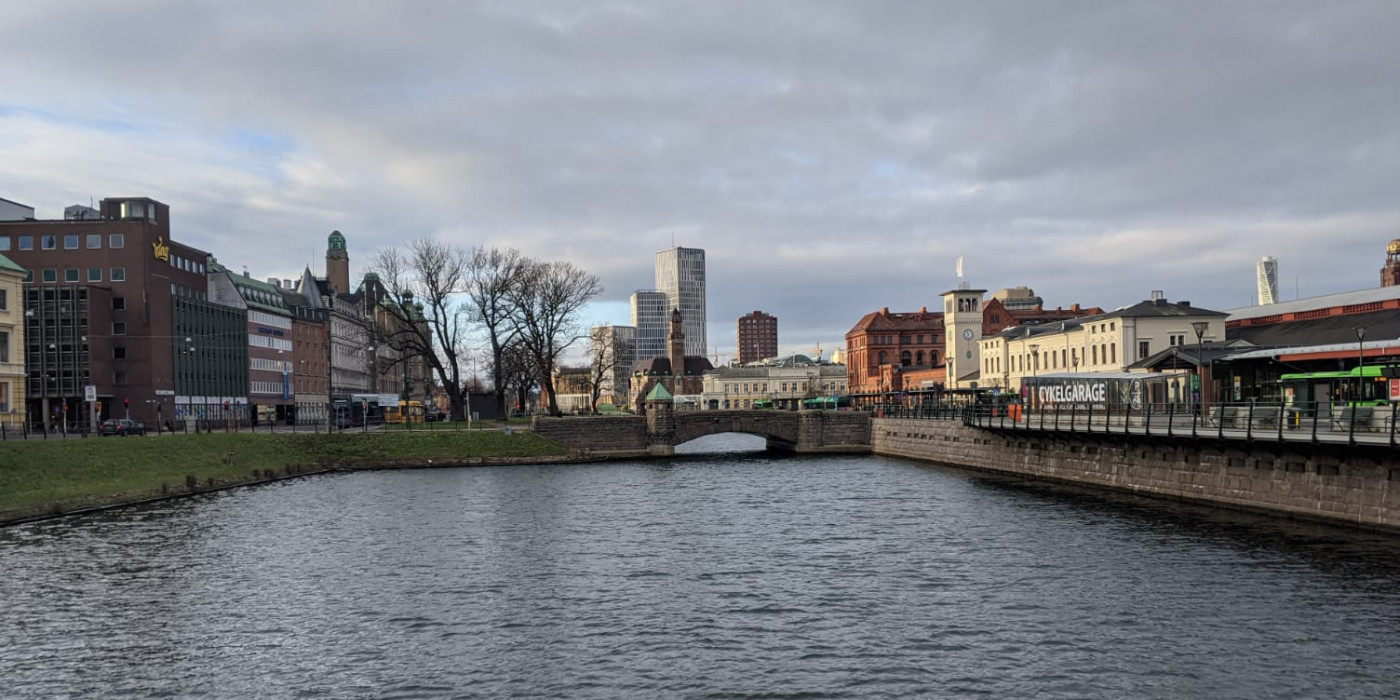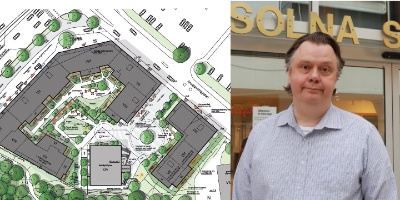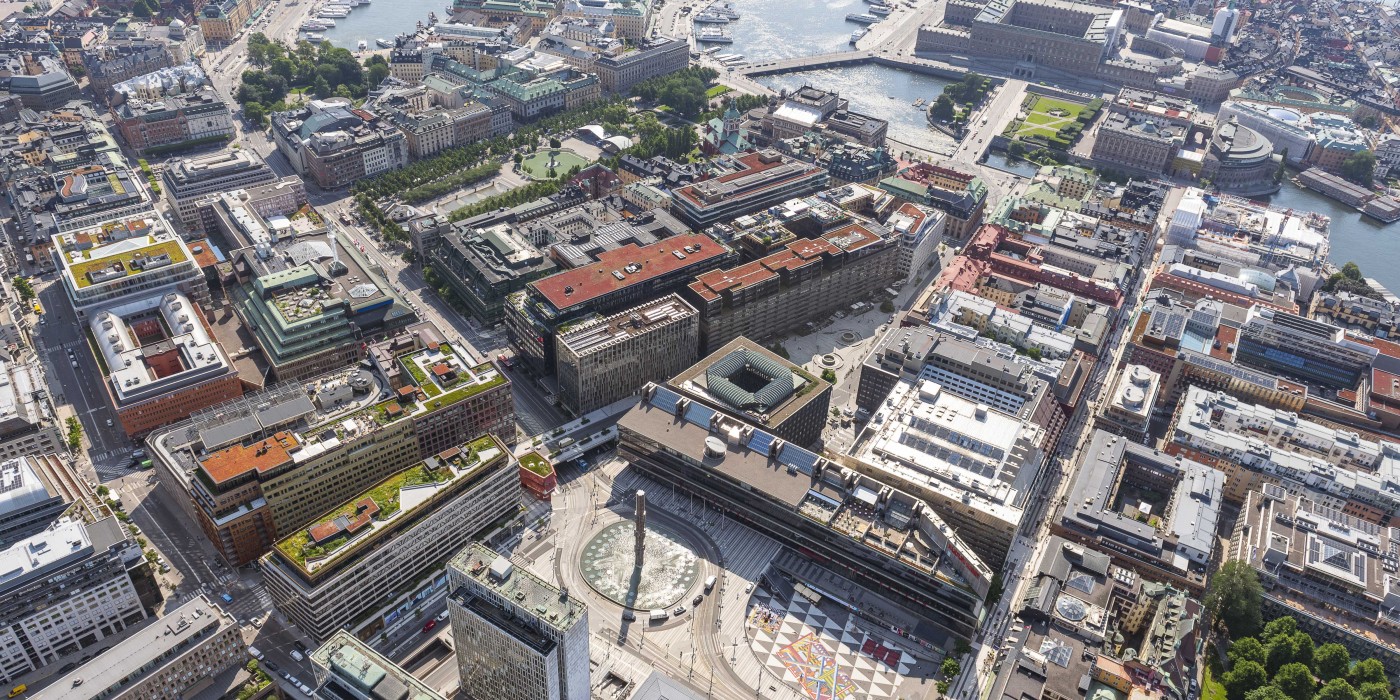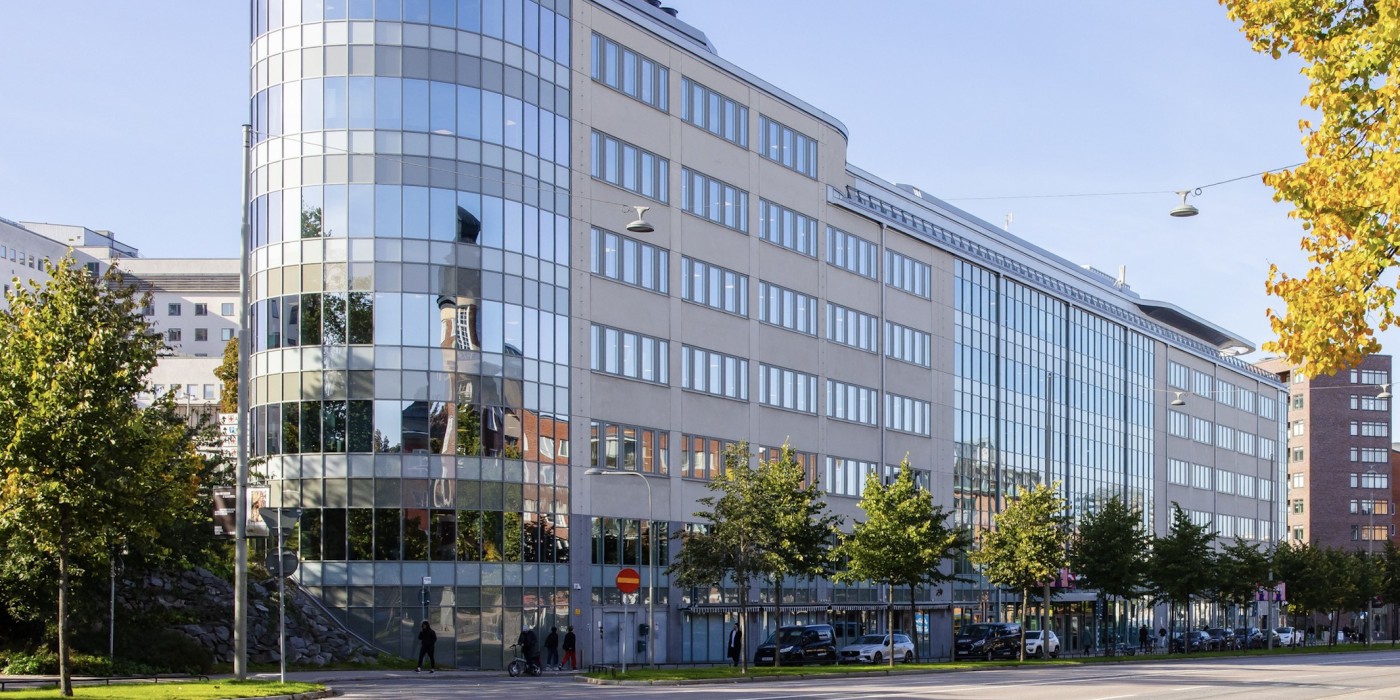Arenastaden currently provides 30,000 workplaces and is home to about 5,000 residents. The urban development work is continuing, with the addition of new office and residential blocks, further housing and a ground floor featuring shops and services opposite the future metro entrance. Road traffic will be directed along the area by the railway tracks, to give priority to walking, cycling and public transport on Dalvägen, which will become a primarily pedestrianised street as a result of this development.
“Arenastaden is a very attractive area and we are only halfway through its urban development. We will put people at the heart of the development of the new city blocks, by filling the best location in Arenastaden with restaurants, housing and offices,” says Charlotte Liliegren, Head of Urban and Property Development at Fabege.
Arenastaden is currently one of the places in Sweden with the highest proportion of sustainable travel. Around 80 percent of the people who work in the area travel in a climate-smart way. The green line of the metro will serve Arenastaden, via Odenplan, from 2028. The presence of the metro will strengthen Solna Station as a hub and further connect northern and southern Stockholm.
“Continuing to develop a vibrant urban environment in Solna is an important part of our long-term efforts to create a more sustainable municipality. It is great that the local development plan has now come into force, as this will make it possible for even more people to live and work in Arenastaden,” says Martin Eliasson, Chair of the City of Solna’s Building Committee.


 All Nordics
All Nordics
 Sweden
Sweden
 Denmark
Denmark
 Finland
Finland
 Norway
Norway
